
Meet food producers using regenerative farming to tackle climate change and restore nature with restorative outcomes.
August 01, 2023
author
Regenerative Food Systems We must invest now to shift to a food system that restores nature instead of depleting it. © Johnny McClung
Food producers across the globe are showing that it's possible to nourish a growing population while restoring nature using regenerative agriculture practices. Whether in Africa, China, India, South America or the United States, producers are addressing their shared challenges of drought, flooding, erosion and poor soil health with similar, scalable regenerative farming solutions.
Through regenerative production practices like agroforestry, aquaculture, cover crops, no-till, no-burn and many others, these producers are leading the way to transforming the global food system from one that's extractive to one that's restorative.
It is through the hands of these producers—and the policies and funding mechanisms that support them—where a nature-positive future will come to fruition.
Global Insights.
Check out our latest thinking and real-world regenerative agriculture solutions to some of the most complex challenges facing people and the planet today.
Producers Protecting & Restoring Our Lands

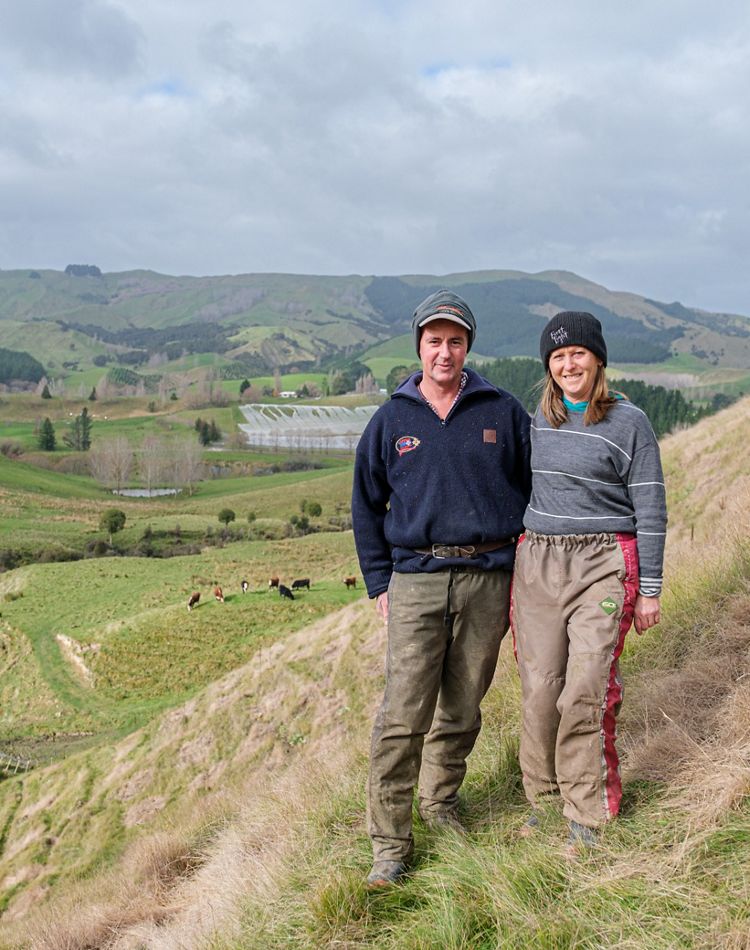
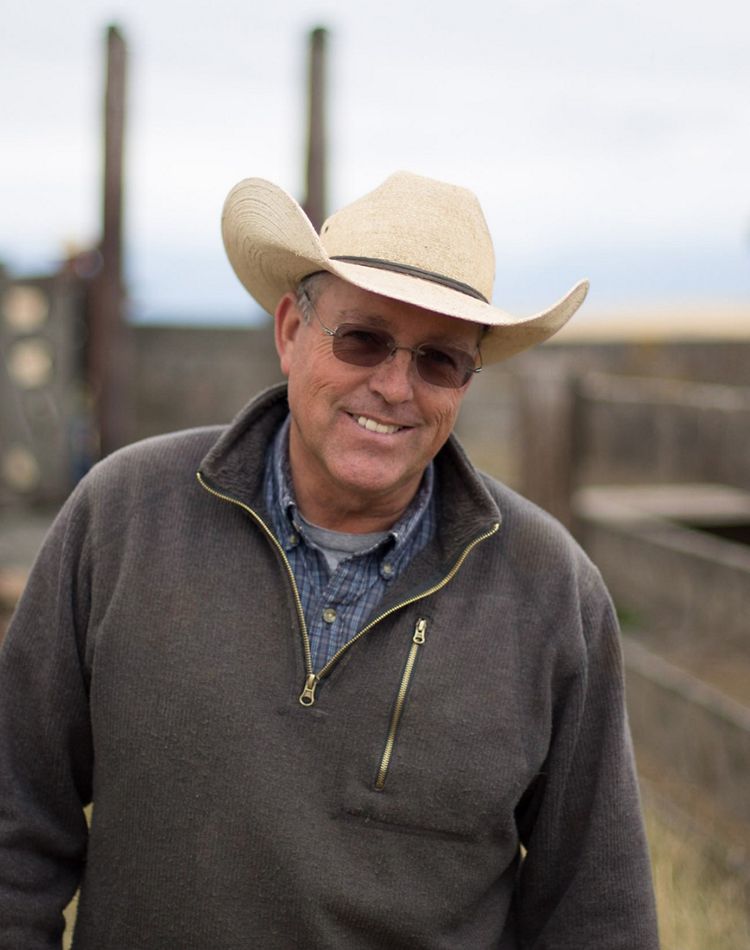

Brazil
Forest Cocoa Initiative
Rosely Dias, a rural producer from the Brazilian Amazon, almost gave up her low-yielding farm. But after transitioning to agroforestry practices, she saw how productive and restorative her small farm could be. Today, she is part of the Forest Cocoa Initiative and produces cocoa and other natives species, generating income for her family while restoring the Amazon.

New Zealand
Land for Life
Evan and Linda Potter have farmed sheep, beef and venison in Hawke's Bay for about 25 years. As part of the Land for Life collaboration, the Potters are planting thousands of trees on their farm to slow erosion, improve freshwater quality and build climate resilience. And they're hoping to inspire more farmers across the region to do the same.

United States
Common Ground
Lightning Creek Ranch owners, the Probert family—led by Dan and Suzy Probert—have teamed up with The Nature Conservancy, Natural Resource Conservation Service (NRCS) and The Climate Trust to ensure their 12,225-acre ranch will be managed to benefit both ranching livelihoods and the native habitat and wildlife it supports. The Proberts sold an agricultural conservation easement on the property that will prohibit conversion of native grassland, while allowing the property to be used for livestock grazing that follows a grazing management plan.
Producers Protecting & Restoring Our Waters
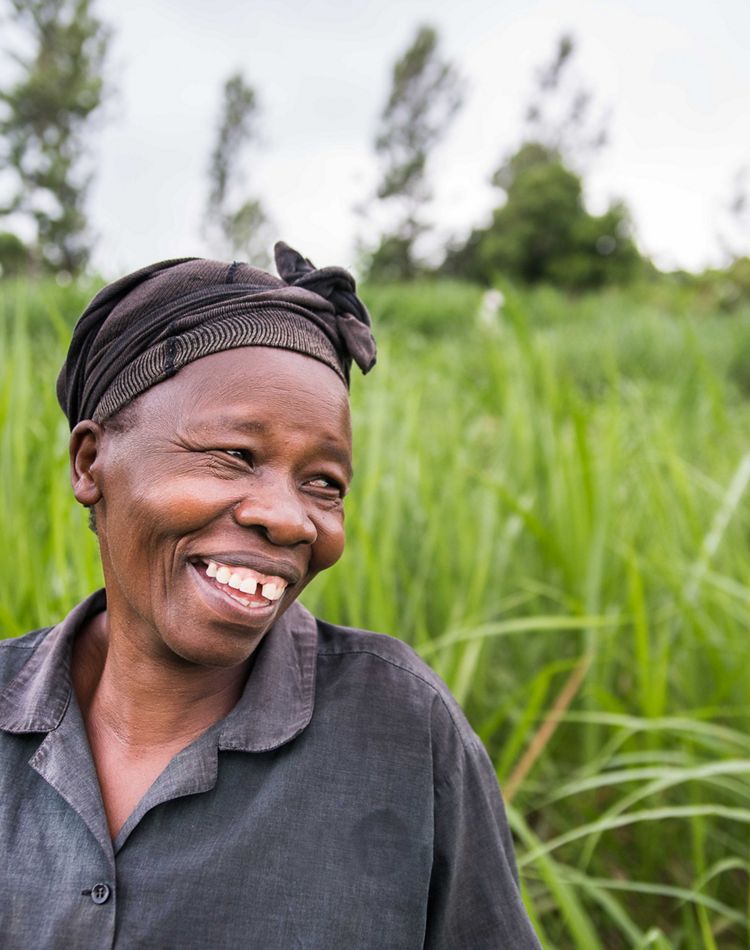
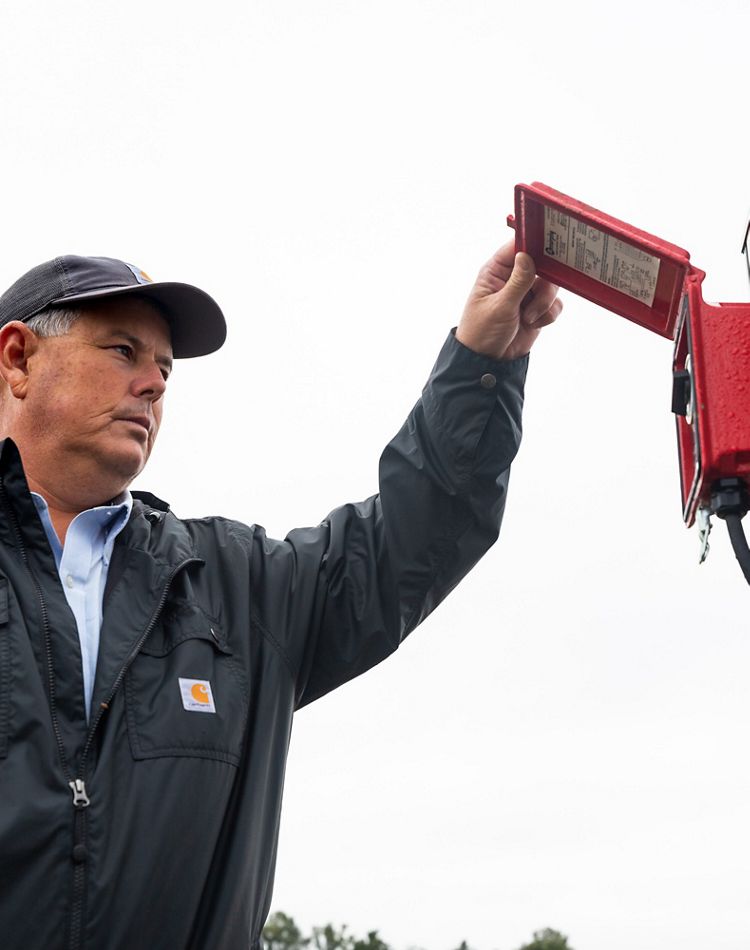
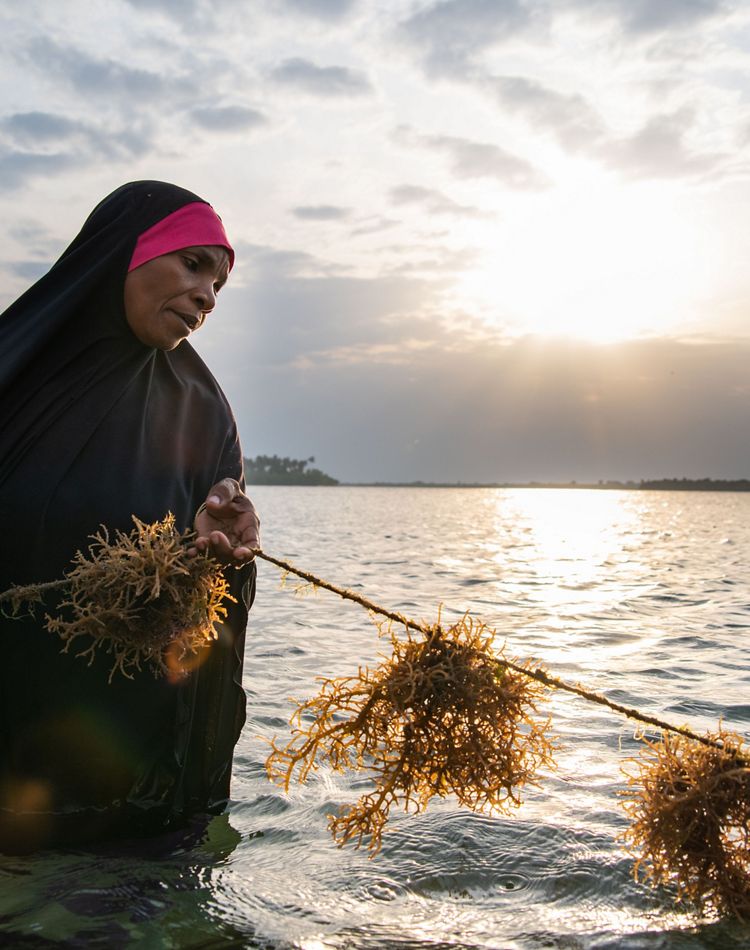

Kenya
Collecting Water & Reducing Erosion
Irene Mumiria used to have trouble making any profit from the vegetables she grew on her small farm in Kenya. Then the Upper Tana-Nairobi Water Fund showed her how rainwater collection and terracing could help with irrigation and preventing soil erosion, and her farming improved drastically. Now, Irene is an inspiration to other farmers in the area.

United States
Timing Is Everything
Arkansas rice farmer Kotton Guest recently installed timers on his irrigation pumps to help conserve water. Kotton is one of 30 farmers who've installed these timers across the Delta of Arkansas, hoping to collectively conserve 9 billion gallons of water each year. Kotton says, "I love this land. I love farming, and I love helping to feed people. If we’re smart, we’ll be able to keep the water—and the rice—flowing for many generations to come."

Tanzania
Sustainable Seaweed
Bikombo Rashidi Ali is part of a sustainable seaweed collaborative in Zanzibar, Tanzania. Seaweed farms—with the right regenerative agriculture practices, in the right places—can help restore ocean health, while supporting economic development and food production in coastal communities worldwide, a collective set of gains annually worth billions of dollars to people and nature.
Producers Healing Our Soils

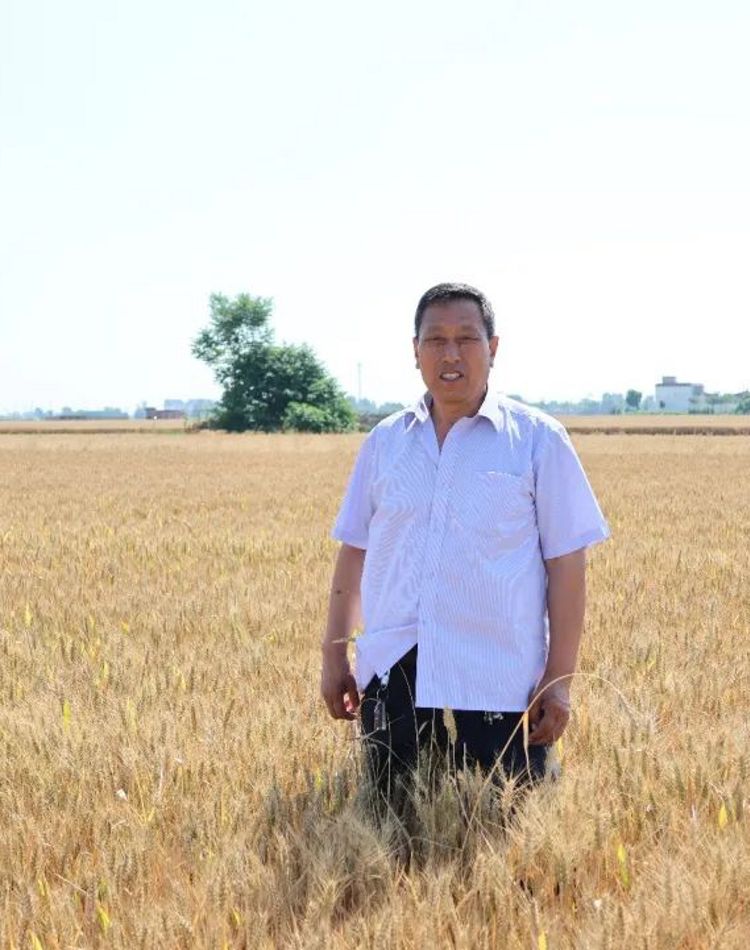
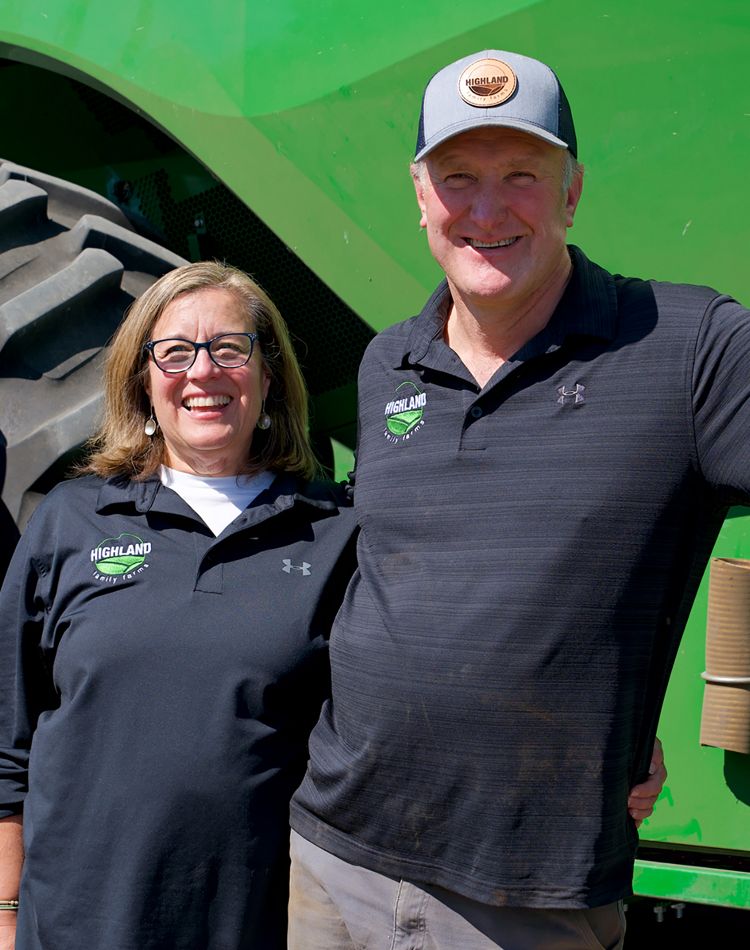

India
The Burning Problem
Progressive farmers like Amandeep Kaur are leading the transition to no-burn agriculture across rice and wheat farms in Northwest India. Amandeep is among the growing number of farmers who are adopting regenerative agriculture practices, implementing crop diversification and/or investing in machinery—such as the Happy Seeder, Super Seeder and Smart Seeder, which directly seed wheat into rice stubble. These practices eliminate the need to burn crop residue—improving soil health, reducing carbon emissions and protecting ground water supplies.

China
Using Less to Do More
After implementing conservation tillage practices across his wheat fields, Si Zhanxi has seen his crop yields increase by 10-20%—and he's also using less water, less fertilizer and less financial resources. Conservation tillage is a practice that covers 30% or more of the soil surface with crop residue, after planting, and helps reduce soil erosion and increase moisture retention and resilience to severe weather events.

United States
Growing Solutions
Kristin and Pat Duncanson own and manage Highland Family Farms with two of their children, Gabe and Ben. The family has incorporated cover crops and has advanced no-till and low-till practices. After 10 years, they're seeing results. Monitoring efforts have shown that planting cover crops has increased the amount of nutrients held in the soil and organic matter on their farm. All of this helps the soil better retain water when it needs to and drain when it doesn’t. This is a win for them, the crops, the soil and nearby waterways.
The weight of climate change and biodiversity loss is heavy—and the urgency in which we need to tackle both is anxiety producing. A global survey of 10,000 young people ages 16 to 25 showed their negative feelings about climate change are causing psychological distress.
That’s why the hope, optimism and orientation on solutions offered from these producers is so important. Solutions to the climate and biodiversity crises exist, and many of them are within the global food system. These regenerative agriculture solutions have the potential to halt deforestation, increase food security and restore the health of our lands, fresh water systems and oceans.
But, these producers require support as they help build a food system that is currently degrading critical ecosystems to one that regenerates and restores the planet. We must invest in them, elevate their voices and scale the regenerative agriculture solutions they are leading.
Related Content

Growing Green
The Nature Conservancy works every day with farmers, ranchers and fishers who want to conserve natural resources and reduce their impact on the environment.
By Graham Averill
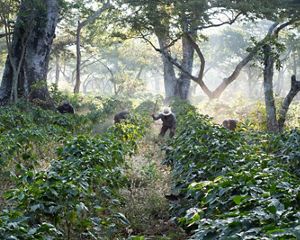
Regenerative Food Systems
Together we can turn one of today’s biggest challenges into our greatest opportunity—a food system that goes beyond sustainable and creates positive growth for communities, economies and the planet.
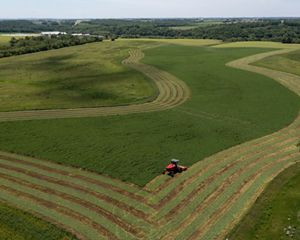
Wisconsin Farmers Leading on Conservation
Meet five Wisconsin farmers who are leading the way on changing management practices to protect soil and water & help their farms remain resilient and profitable in the face of ever-changing demands.